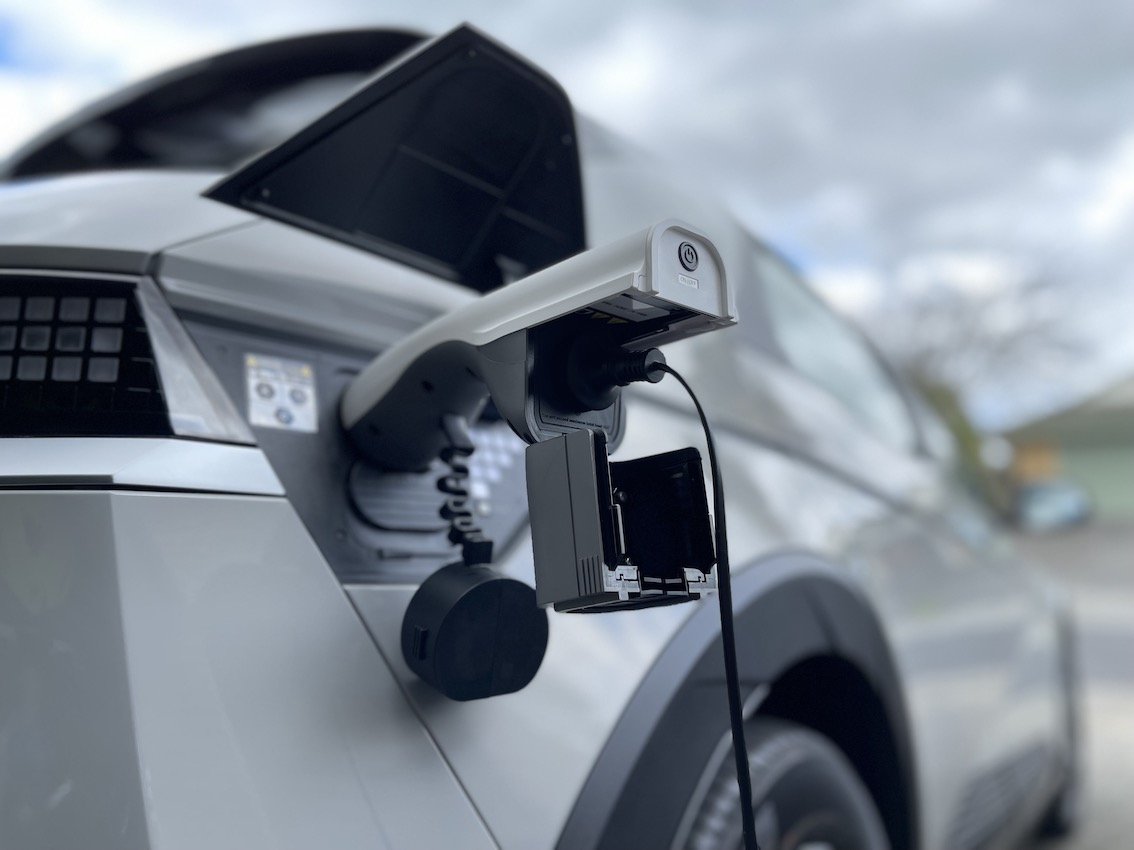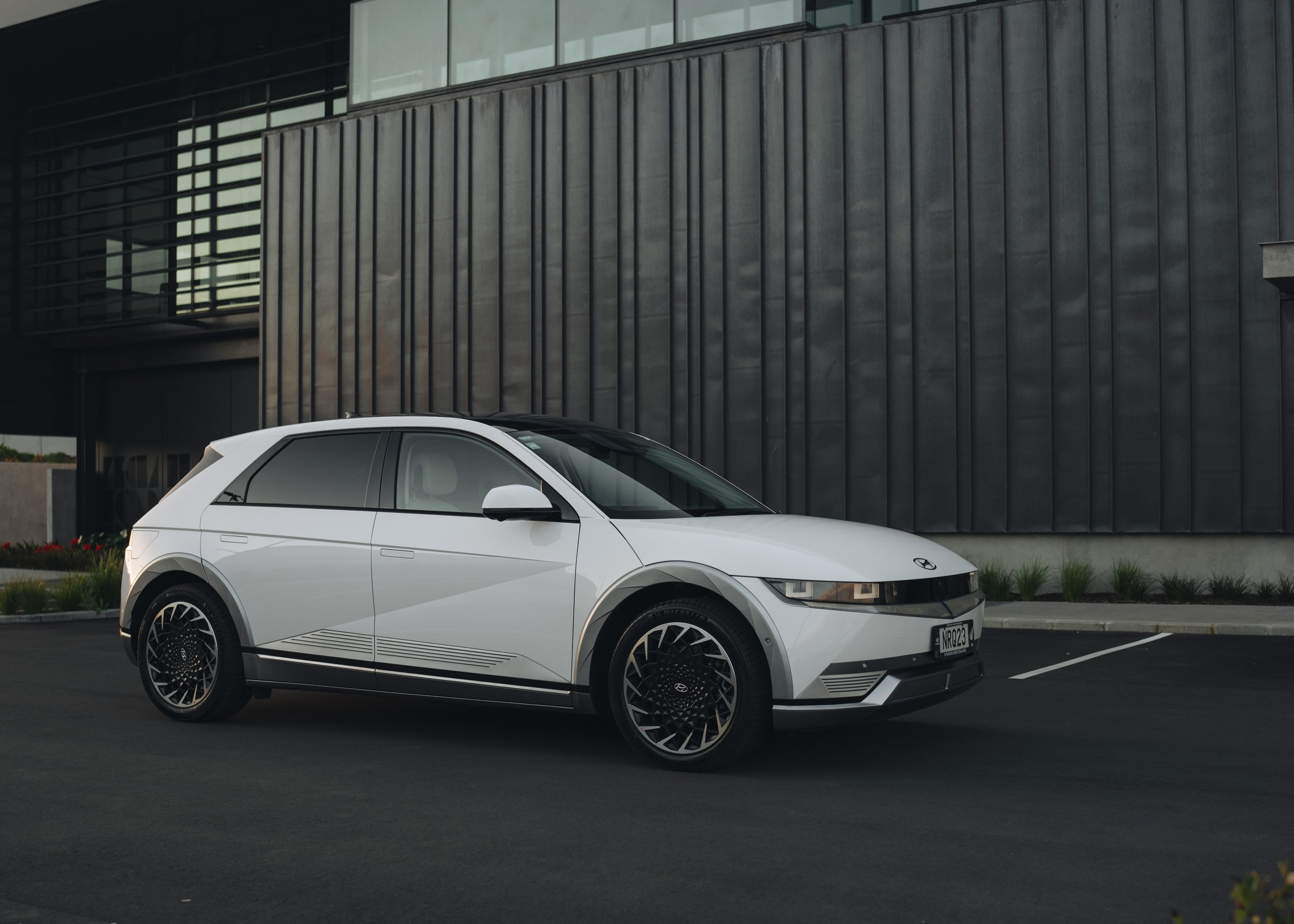Ioniq 5 plugged for V2L play
/Sign-off to allow new model to act as a mobile power station almost reached.
AN accessory giving Hyundai’s latest electric car type-unique capability to act as a wheeled power station with enough zap to run appliances and domestic power tools is close to being allowed for sale.
That’s the word from Hyundai New Zealand in reporting on the process required to unlock the car’s ultimate wow feature, ‘vehicle to load’ – aka V2L - functionality.
In layman’s terms, the model, thanks to its 800 volt electrical architecture, has enough electrical oomph to enable as a stationary – and mobile - power bank.
This allows owners to operate a host of electronic devices using a standard domestic plug.
In delivering up to 3.6kW of electricity it will run power tools, electric bicycles and scooters and camping equipment.
Batteries in electric cars are of course designed to store energy and use it to power the propulsion system and electronics, but Hyundai’s new model is the first offered here that can also act as a grid.
All Ioniq 5s sold in New Zealand have the factory-installed software and ports to allow V2L.
What’s missing at the moment is an adapter.
It’s this feature that has had to pass muster with national governance body Worksafe.
The brand’s ‘product guru’, technical services manager Gavin Young, believes that tick-off is close to being achieved.
He’s confident the adapter, which looks something like a regular charging handpiece, will be on sale soon.
It will likely cost around $900, though the final price has yet to be settled.
Ultimately, the set-up could perhaps one day engage a step further, as a vehicle-to-grid (V2G) technology.
Hyundai promoted this latter ability when showing Ioniq 5 in concept form.
V2G allows supplying stored energy from vehicles to the power grid whenever needed. Hyundai envisaged its car accommodating vehicle-to-grid charging, meaning it could feed power back into a home or workplace at peak times. However, the loadings for this and another idea in the pipeline - capability to recharge another EV, aka V2V (vehicle to vehicle) - requires the car to deliver much higher outputs than it is presently capable of.


















